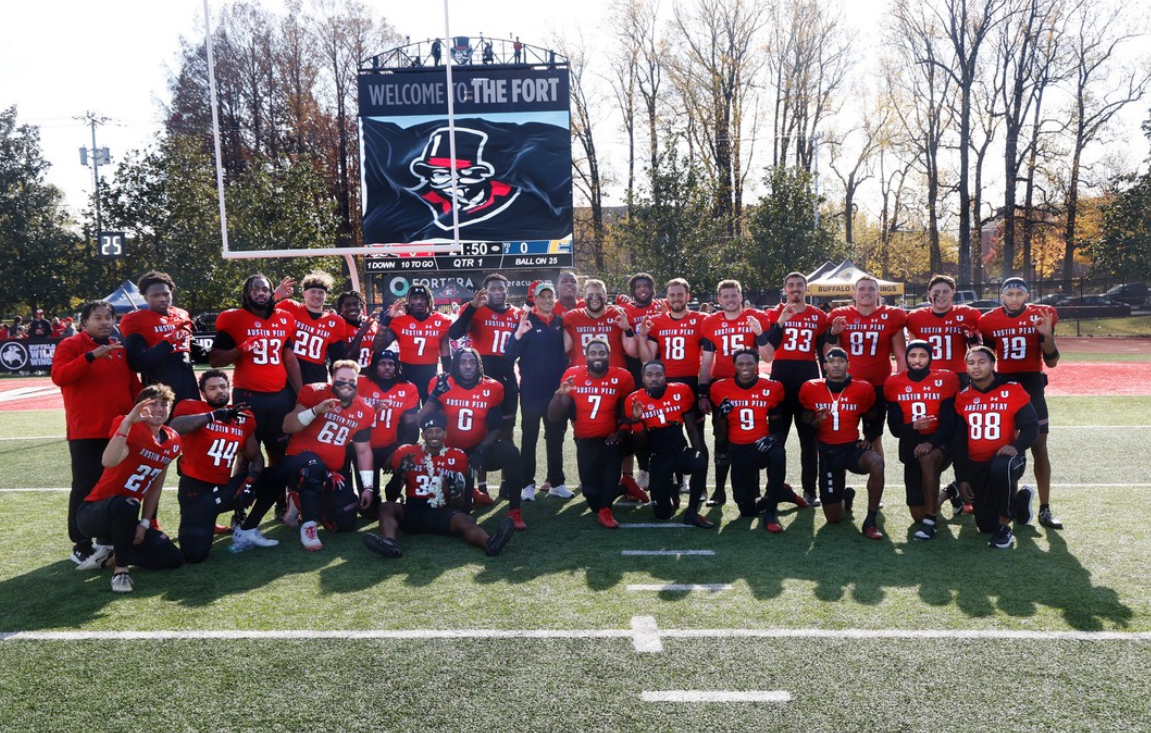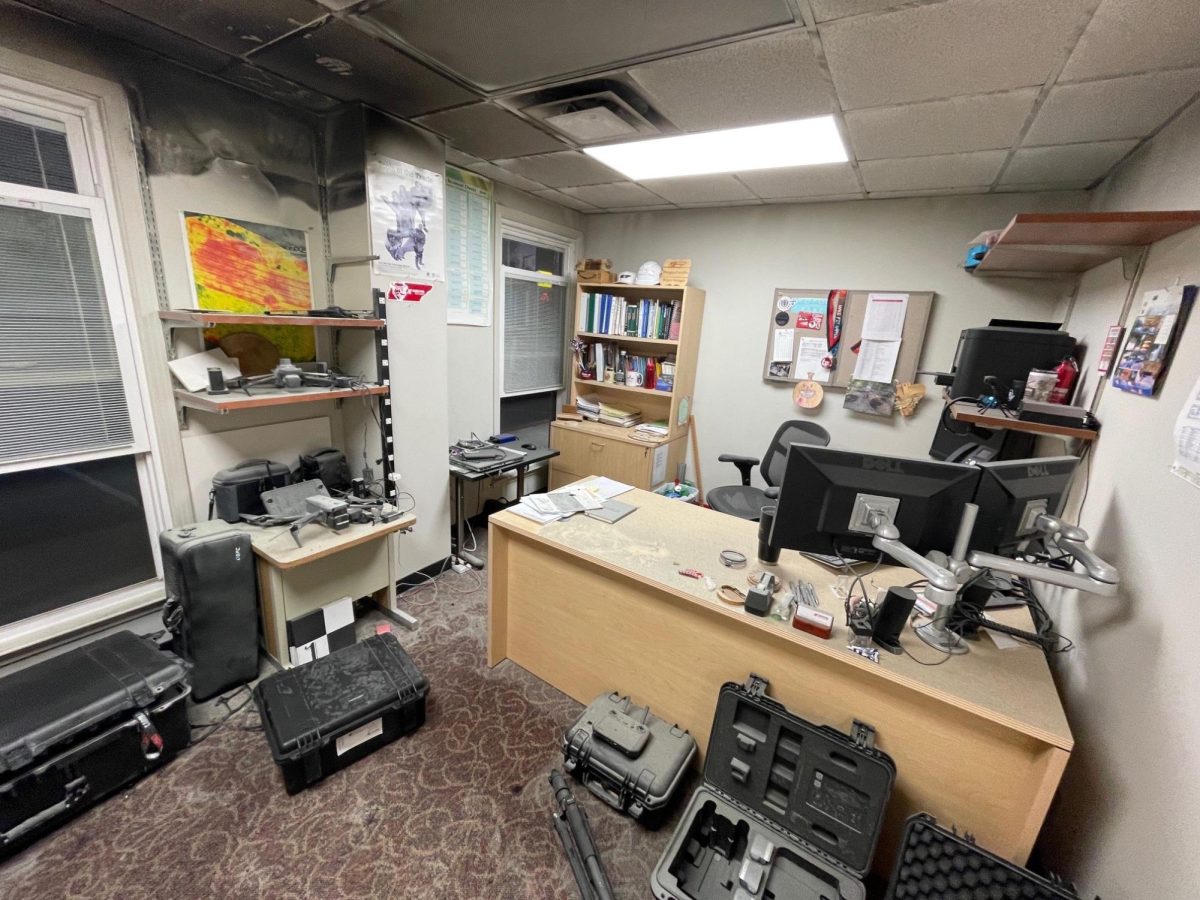» ASSOCIATED PRESS
ST. LOUIS — The war on methamphetamine has gotten some support from Congress — millions of dollars to clean up the toxic waste generated by clandestine labs.
President Barack Obama signed a wide-ranging appropriations bill Friday that included the restoration of $12.5 million for meth lab cleanup.
“It’s an awesome thing,” said Tommy Farmer, state meth task force coordinator for Tennessee, the state that led the nation in the number of meth labs in 2010. “It keeps us in the fight so we can combat these things.”
The measure restores funding lost in February, when federal meth lab cleanup money through the Community Oriented Policing Services program ran out, and was not renewed.
The program provided $19.2 million for meth lab cleanup in 2010.
That was devastating for some areas of the country hit hard by meth.
An Associated Press investigation in August found that without federal cleanup money, many local police and sheriff’s departments were far less likely to seek out meth labs they couldn’t afford to clean up.
The AP investigation found that the number of labs seized dropped sharply in states that relied heavily on federal funding for cleanup: Down 32 percent through mid-year in Tennessee, 33 percent in Arkansas, 35 percent in Michigan and 62 percent in Alabama.
Experts in those states said it wasn’t because meth use was on the decline.
Without federal money, the burden for cleanup fell to the city or county where the meth lab was found, and in an era of dwindling local revenues, agencies simply couldn’t afford the cleanup.
Police weren’t turning a blind eye to meth, but stopped sending agents undercover, conducting door-to-door investigations and setting up stakeouts aimed at catching meth-makers, experts said.
Lawmakers from both parties lauded the restoration of the cleanup money.
U.S. Rep. Russ Carnahan, a St. Louis Democrat, said meth abuse “destroys communities, tearing families apart and devastating our environment-with every pound of meth producing five to six pounds of toxic waste.”
He said he advocates a response to meth abuse that “leverages federal, state, and local resources to tackle all aspects of the problem, from research, education, and prevention to law enforcement, treatment and remediation.”
A spokesman for U.S. Rep. Scott DesJarlais, R-Tenn., said restoration of the meth cleanup money was a “positive” from the appropriations bill, even as DesJarlais opposed the spending measure overall. TAS
“The congressman understands how serious of an issue meth production is in the state of Tennessee and remains committed to ensuring that law enforcement is provided with the necessary resources to safely and efficiently dispose of meth labs,” said Robert Jameson, a spokesman for DesJarlais.
Sen. Sherrod Brown, D-Ohio, noted that his state had 239 meth lab seizures in 2010. “For many cities and towns, clamping down on meth labs has been like playing Whack-a-Mole — as soon as one disappears, another one pops up,” he said. “I’m glad that federal funding for meth lab cleanup has been restored — our communities can’t afford to leave dangerous meth labs unattended to.”
Cleaning up meth labs is expensive, even the small “shake-and-bake” labs that are little more than a 2-liter soda bottle filled with the toxic ingredients. Because meth is made using a volatile mix of ingredients such as battery acid, drain cleaner and ammonia, only crews with specialized training are allowed to handle the materials found in labs. The waste and debris cannot be dumped in a regular landfill, only in specially approved waste sites.
As a result, typical cost of remediating a single lab is $2,500 to $5,000.
Some states, like Missouri and Kentucky, have developed their own lab cleanup programs, making them far less dependent upon federal money. Those states have placed containers in various locations and train local police on cleanup.
But many other states rely on the COPS money, which requires a federally approved crew to come in for the cleanup, usually from out of state, with the travel time driving up the cost.
Many states that previously relied on COPS funding are developing their own container systems, including Michigan and Tennessee, which began its program this summer. Arkansas also is looking at a container program.
Farmer said that while the $12.5 million falls short of the $19.2 million for last year, the improved efficiencies of container programs should allow for local police to again get aggressive with meth enforcement.
“We’re going to be able to stretch that $12.5 million a lot further,” he said.
er. TAS







